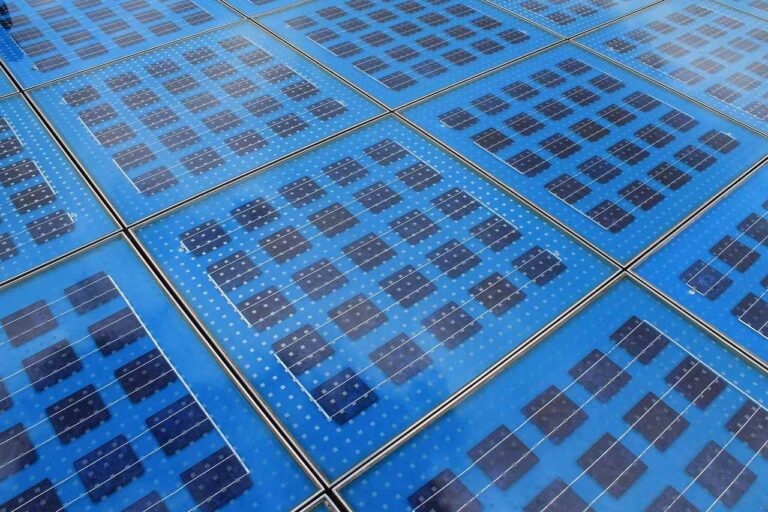A wafer-thin solar cell can turn any surface into an energy source. An announcement from the Massachusetts Institute of Technology (MIT) raises hopes for a revolution in photovoltaics, with solar cells that can be 3d printed and added to virtually any kind of surface.
These solar cells promise to be durable and flexible. Moreover, much thinner than a human hair, bonded to a strong, lightweight fabric. Thus, making them easy to install on a fixed surface.
Table of Contents
What are solar cells and their characteristics
By their very nature, they can provide energy on the go as if they were really a wearable energy fabric. But also be transported and deployed quickly in remote locations without any particular difficulty, weighing only a hundredth of that of conventional solar panels.
But there’s more. Researchers at MIT have demonstrated the possibility of generating 18 times the current power per kilogram in this way. And of printing the devices using semiconductor inks through processes that can scale up in the future for large-area production.
Precisely because they are ultrathin and ultralight, they can be laminated, at least on paper, onto many different surfaces. For example, the researchers envision their integration on the sails of a boat to provide power at sea. Or on tents and tarps used in disaster recovery operations. Again, on the wings of drones to extend their flight range.
How can thin solar cells revolutionize the photovoltaic industry
After all, one of the limitations of current solar panels lies in this. Traditional silicon cells are fragile, so they must stay in glass and packaged in a heavy aluminum frame. Which limits the possibilities for application and transport.
In contrast, nanomaterials in the form of printable electronic inks are central to produce these innovative cells. This, by coating the solar cell structure with a slot-die. Which deposits layers of electronic materials on a prepared, removable substrate as thin as 3 microns.
Then using screen printing, a technique very similar to that used to apply designs to T-shirts. An electrode lays on the structure to complete the solar module. Which shows a thickness of about 15 microns, can then also be peeled off the plastic substrate, forming an ultralight solar device.
But such thin, self-supporting solar modules are difficult to handle and can easily tear. Which would make them difficult to install. To solve this challenge, the MIT team searched for a lightweight, flexible, high-strength substrate to which to adhere the solar cells. And identified fabrics as the optimal solution, as they provide mechanical resilience and flexibility with little added weight.
By adding a layer of UV glue only a few microns thick, the solar modules can adhere to the sheets in this way. Thus forming an ultralight, mechanically strong solar structure.
How much energy could solar cell produce
When they tested the device, the researchers found that it could generate 730 watts of power per kilogram when freestanding and about 370 watts per kilogram. Or about 18 times the power per kilogram of conventional solar cells.
As for durability, tests showed that after rolling and unrolling a fabric solar panel more than 500 times, the cells still retained more than 90 percent of their initial power-generating capabilities.
However, although their solar cells are much lighter and much more flexible than traditional cells, they must be enclosed in another material to protect them from the environment. And according to the researchers, the carbon-based organic material could be modified by interacting with moisture and oxygen in the air. Which could deteriorate their performance.
Read also: Solar roads: pros and cons of the first experimentations of photovoltaic panels instead of asphalt












